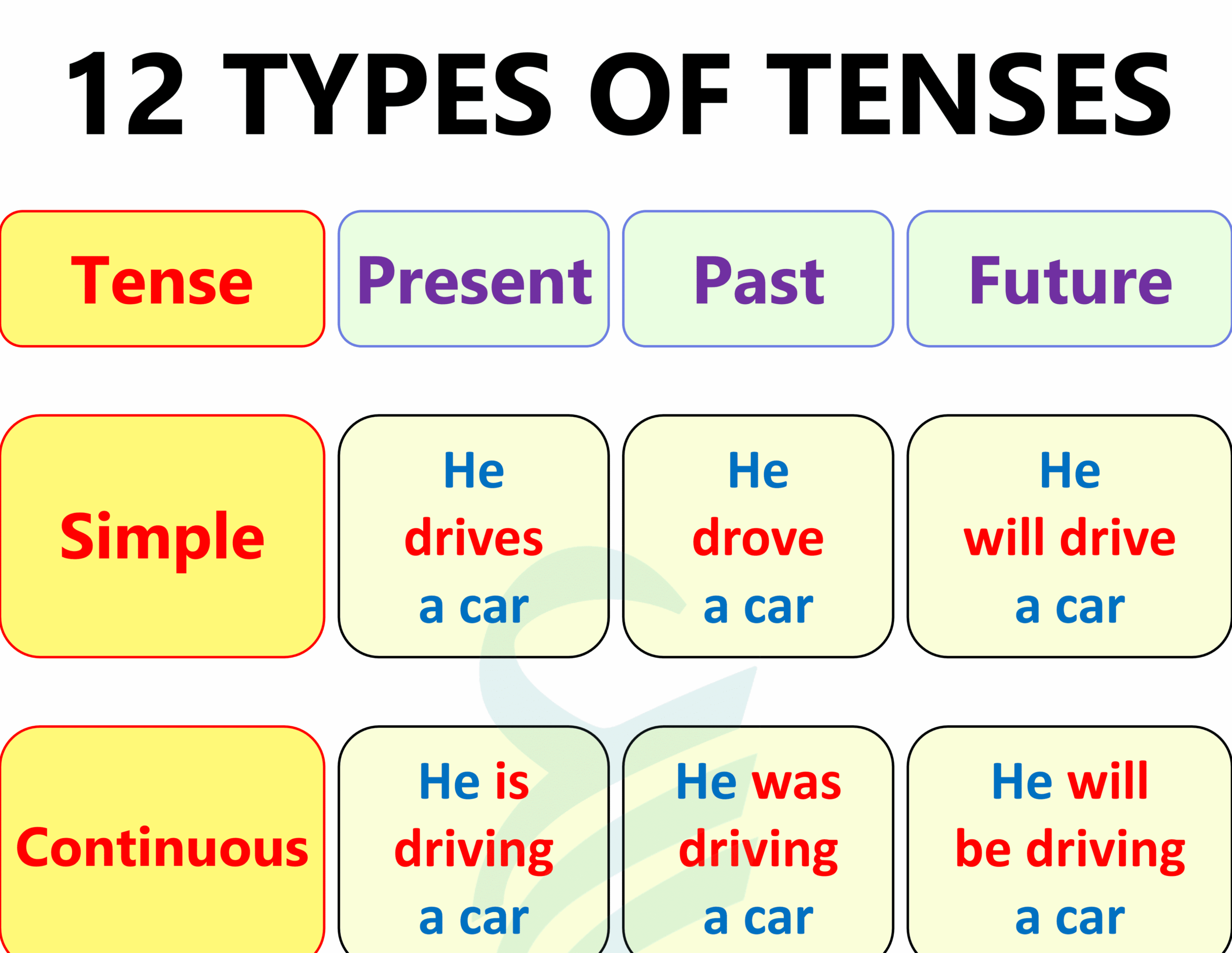Understanding tenses is essential in mastering the English language. Tenses indicate the time at which an action takes place – whether in the past, present, or future. By using the correct tense, you can clearly communicate when an action occurred. In this article, we will explore a tenses chart with examples to help you grasp the concept better.
Learning about tenses can be challenging, but with practice and exposure to examples, you can improve your understanding. Let’s dive into the tenses chart below to see how each tense is used in different scenarios.
Tenses Chart with Examples
| Tense | Example |
|---|---|
| Present Simple | I eat dinner every day. |
| Past Simple | She went to the store yesterday. |
| Present Continuous | They are playing football right now. |
| Present Perfect | We have finished our homework. |
| Future Simple | He will visit his grandmother next week. |
The Present Simple tense is used to describe habits or routines, such as “I eat dinner every day.” The Past Simple tense is used to talk about actions that happened in the past, like “She went to the store yesterday.” The Present Continuous tense indicates actions happening at the moment, such as “They are playing football right now.”
Additionally, the Present Perfect tense is used to talk about completed actions with relevance to the present, as in “We have finished our homework.” Lastly, the Future Simple tense is used to discuss actions that will happen in the future, like “He will visit his grandmother next week.”
By familiarizing yourself with these tenses and practicing with examples, you can enhance your language skills and effectively communicate in English. Remember to pay attention to the time frame of each action to ensure accurate usage of tenses.
In conclusion, mastering tenses is an essential aspect of language learning. By referring to the tenses chart with examples provided in this article, you can strengthen your understanding of how tenses work and improve your ability to express yourself clearly in English.
